Enjoying a cup of coffee in a coffee shop is a real treat for coffee lovers. What makes these coffee-based beverages so enjoyable is the passion and precision with which the baristas prepare them. Precision and a perfectly pulled espresso are indicative of a properly calibrated coffee grinder.
In fact, to get a perfectly pulled espresso, many factors need to be considered, including the equipment selected for use, the amount of coffee, and the precise calibration of the commercial grinder. Here are the steps for calibrating a coffee grinder to get the most precise grind and the best possible coffee.
Tools for Adjusting your Commercial Grinder
In order to make the proper adjustments you will need a scale, a double portafilter, a single portafilter, and a small cup.


Steps for Calibration
With the double portafilter, grind 18 g of coffee. Use a tamper to apply even pressure on the coffee in the portafilter.
Pull one short double espresso. The perfect extraction time is between 20 and 30 seconds. If the extraction is too quick, the grind is too coarse.
If this is the case, adjust your grinder by turning the wheel that regulates the grind toward a finer grind. It is important to make the adjustment one notch at a time.
Repeat steps 1 to 3 until you reach an extraction time between 20 and 30 seconds.
If the opposite happens, your extraction is too slow, and your grind is too fine.
Adjust your machine one notch at a time towards a coarser grind.
Repeat steps 1 to 3 until you reach an extraction time between 20 and 30 seconds.
With the single portafilter, grind between 8 g and 12 g of coffee and pull a short single espresso. If the extraction time is less than 20 seconds add a small amount of coffee. If on the contrary, it is above 20 seconds, remove a small amount of coffee from the portafilter.
Calibrate your grinder for every new bag of coffee.
For more tips and advice on how to maintain commercial equipment check out our YouTube channel!

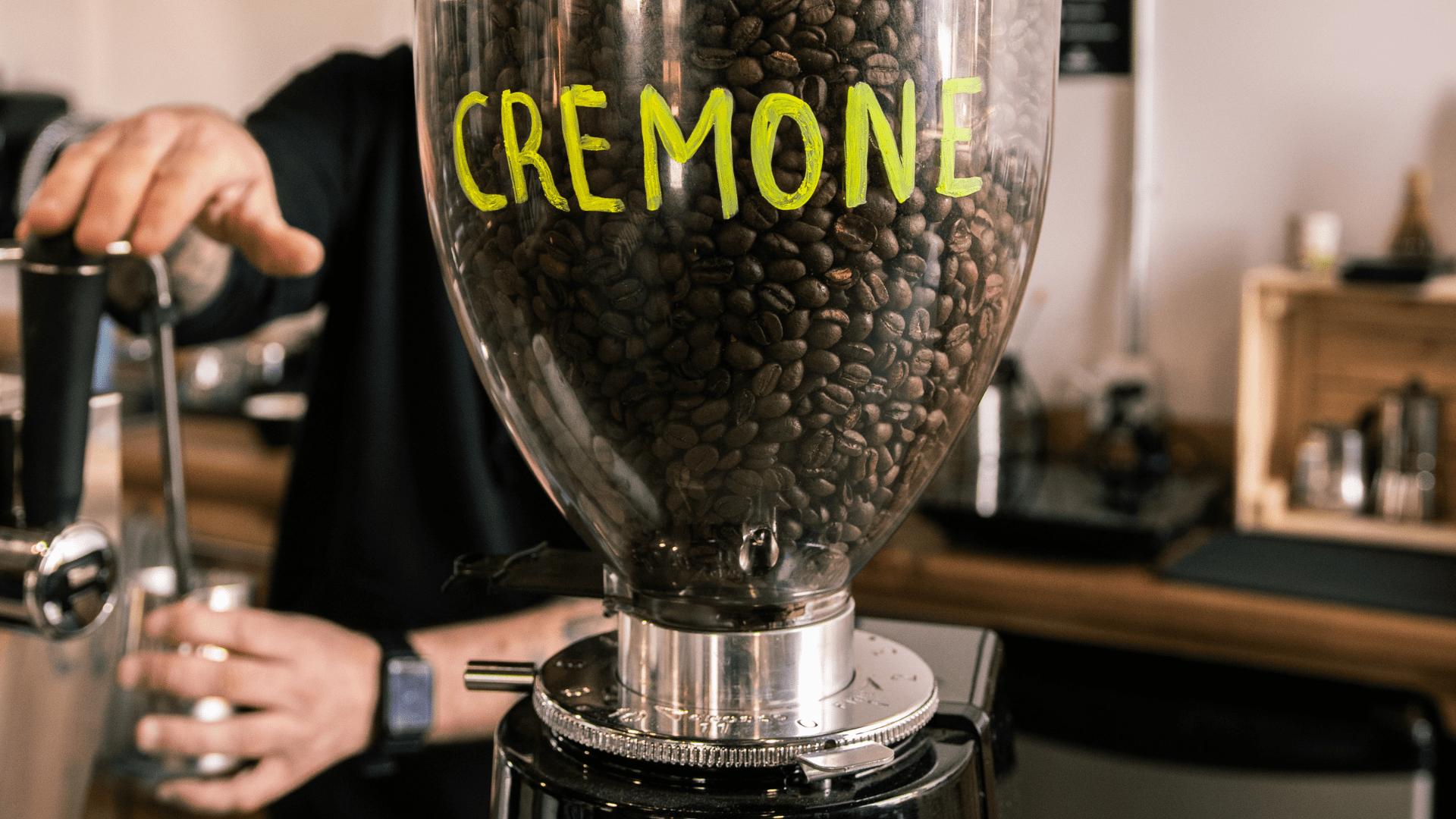
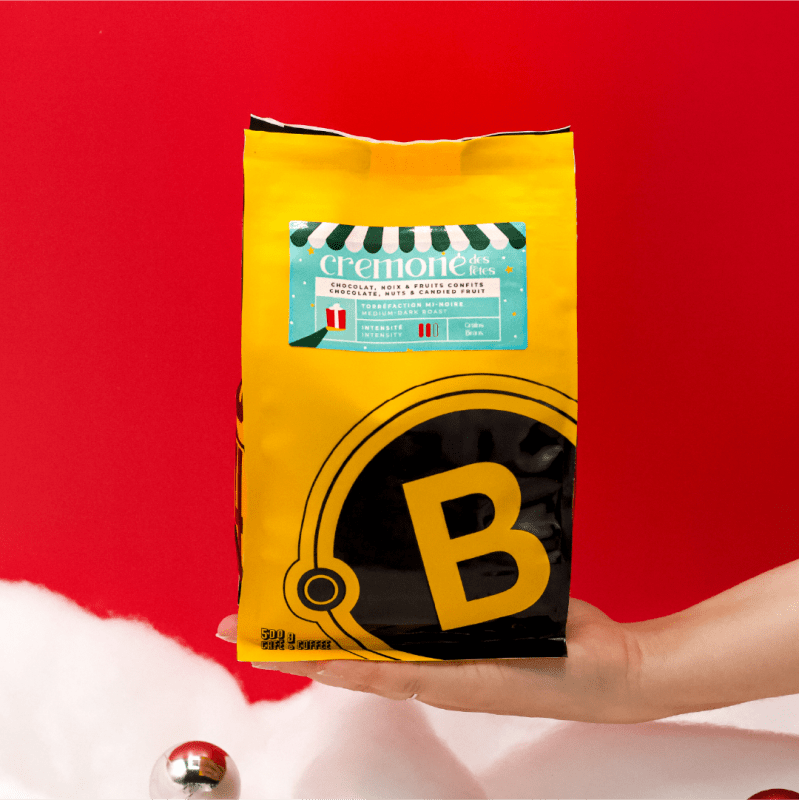
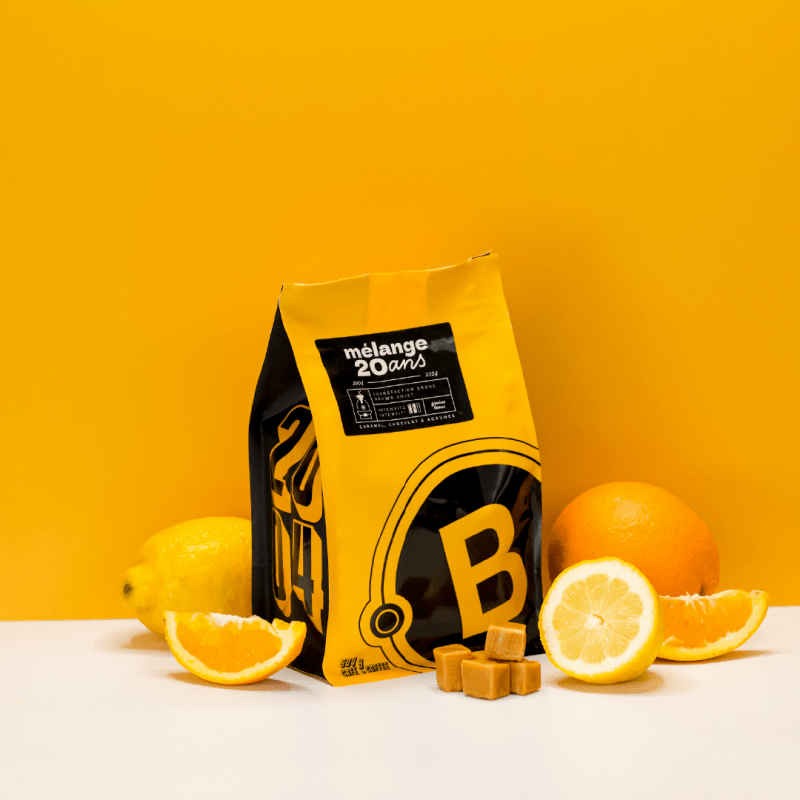


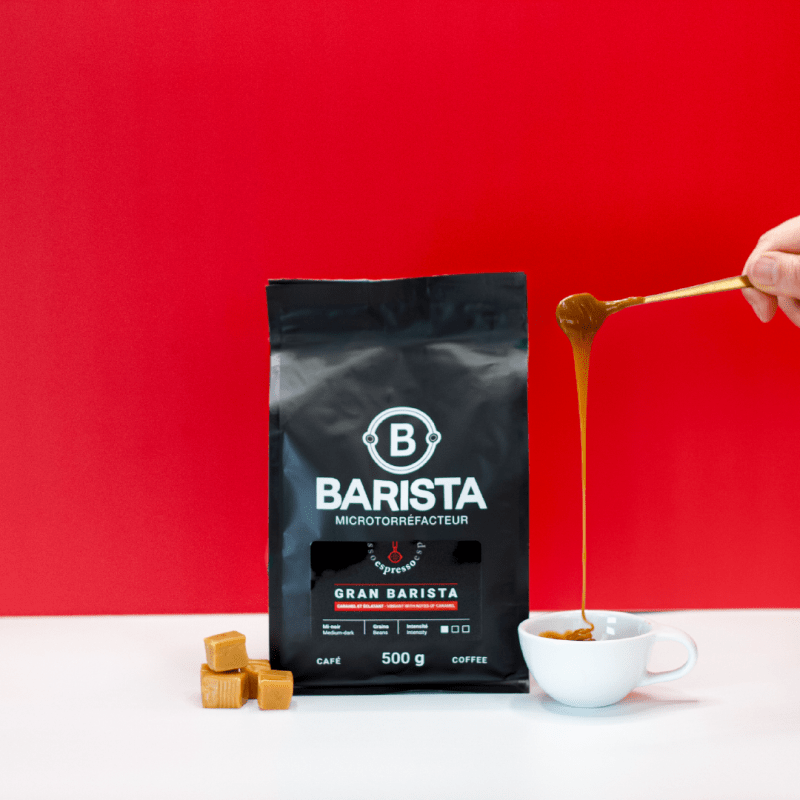
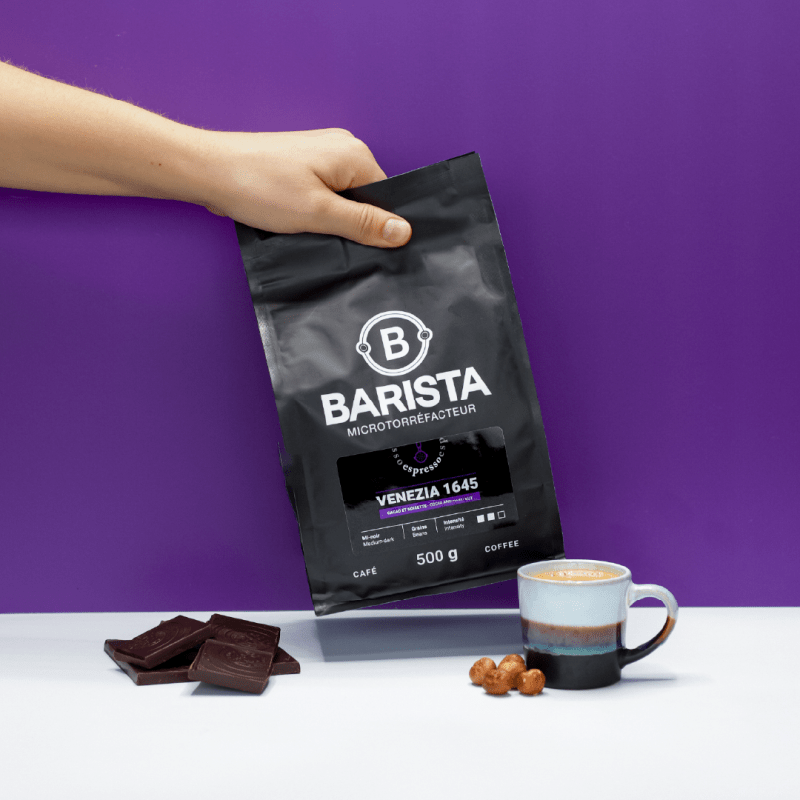

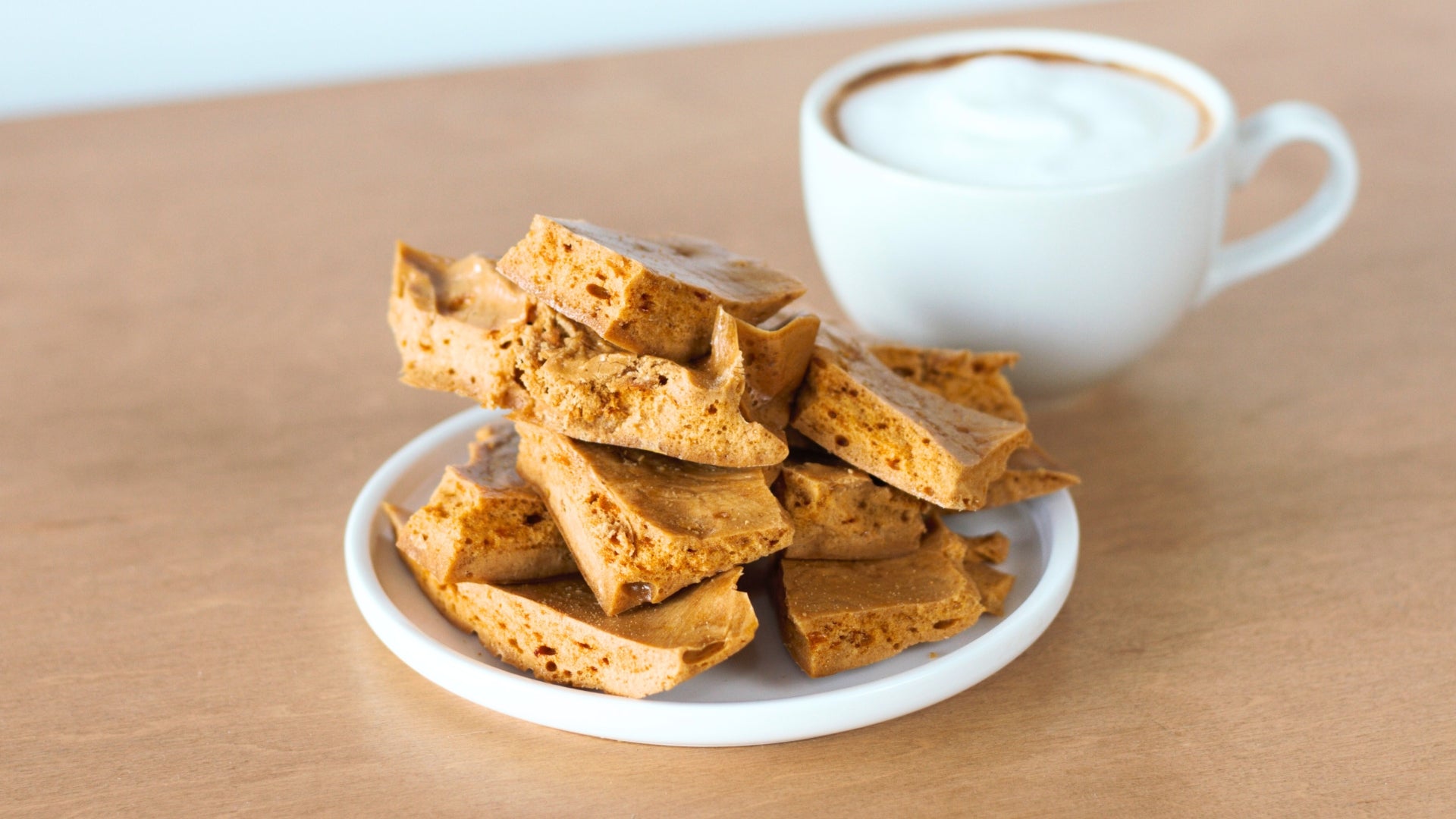
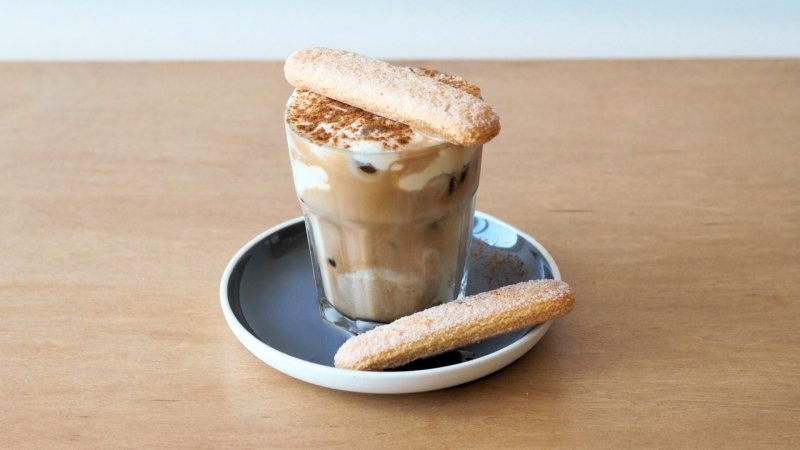
Share:
Coffee from Java: on the Volcano Road
Barista’s Boutique Café